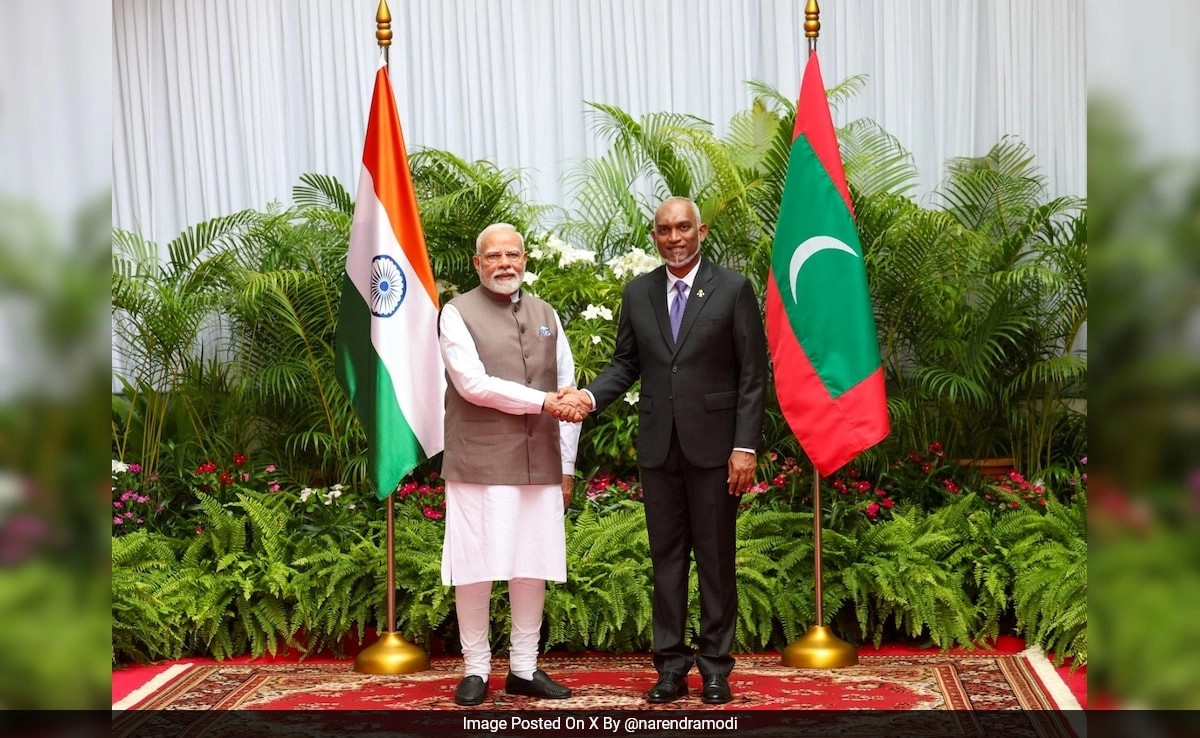Recent reports have unveiled that the United States employed five previously classified weapons during its military strikes against Iran. These weapons, which had long been kept under wraps, showcase the advanced capabilities of the U.S. military and highlight the strategic importance of maintaining a technological edge in modern warfare. The deployment of these weapons marks a significant shift in military tactics and underscores the evolving nature of global conflicts.
Among the newly revealed weaponry are advanced precision-guided munitions designed to minimize collateral damage while maximizing operational effectiveness. The ability to strike specific targets with high accuracy is crucial in urban environments and against asymmetric threats. This precision not only enhances mission success rates but also helps to mitigate the political fallout that often accompanies military operations, especially in regions like the Middle East where civilian casualties can lead to widespread condemnation.
In addition to precision weapons, the U.S. has integrated cyber capabilities into its military operations, further complicating the battlefield landscape. Cyber warfare can disrupt enemy communications, gather intelligence, and even manipulate critical infrastructure, all without a single shot being fired. This dual approach of combining traditional military might with cutting-edge technology is becoming a hallmark of U.S. military strategy, reflecting a comprehensive understanding of modern conflict dynamics.
The deployment of these secret weapons during the strikes against Iran serves as a reminder of the ongoing tensions in the region and the lengths to which nations will go to protect their interests. As global power dynamics shift, the use of advanced military technology will likely continue to play a pivotal role in shaping international relations and conflict outcomes. With these developments, the importance of transparency and international dialogue becomes ever more critical, as the potential for escalation remains a constant concern in an increasingly interconnected world.




